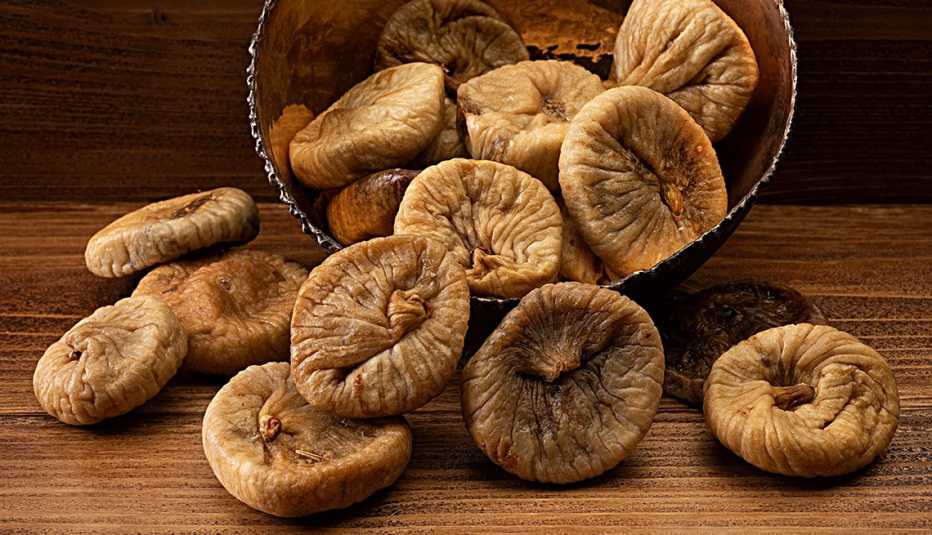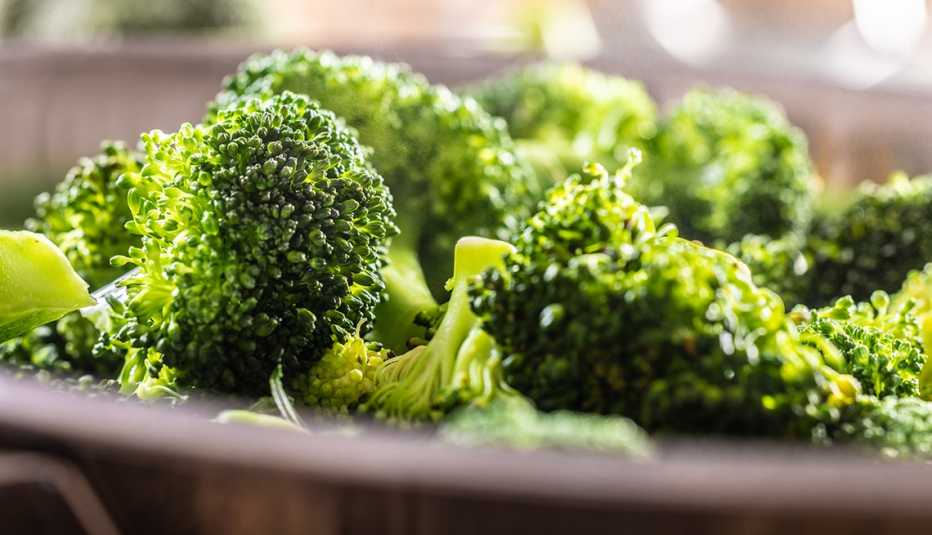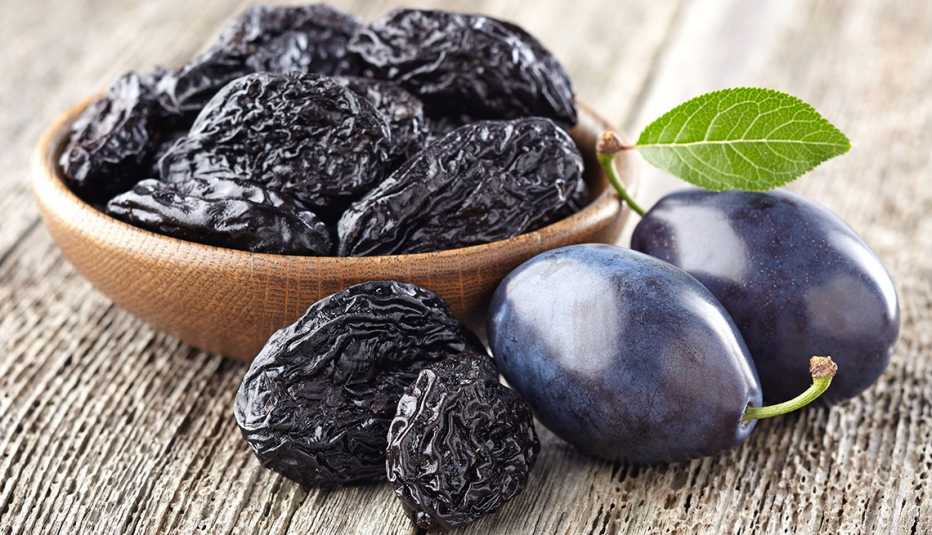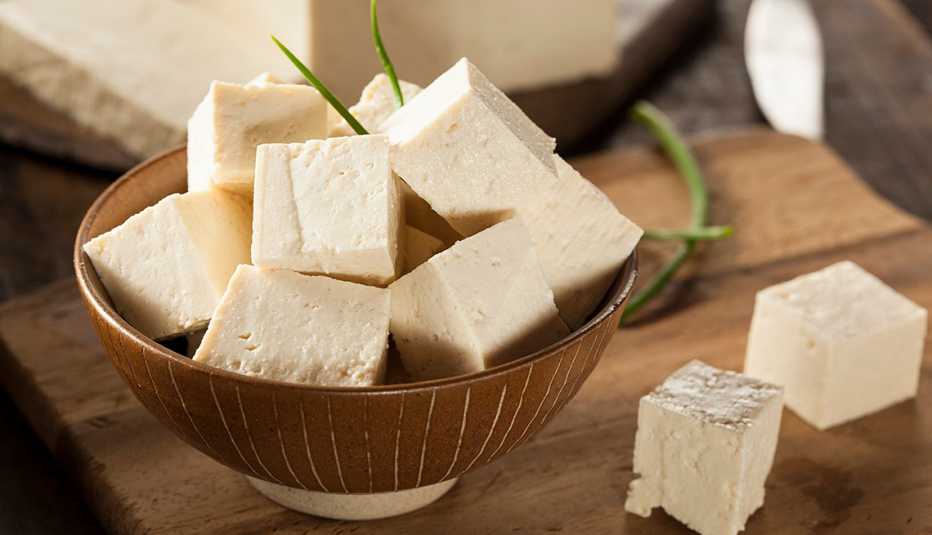Staying Fit


There’s more to healthy bones than calcium-rich milk, although we all know that both milk and foods rich in vitamin D are good for your bones.
Bone is living tissue that constantly rebuilds and repairs itself. Alas, after age 50, bones start to lose density and strength and become porous, which leads to a bone disease called osteoporosis that increases the risk of broken bones. Chances of developing osteoporosis are greater if you’re a woman; however, men also risk developing it, especially after age 70.


AARP Membership— $12 for your first year when you sign up for Automatic Renewal
Get instant access to members-only products and hundreds of discounts, a free second membership, and a subscription to AARP the Magazine.
To keep bones strong, we need two nutrients in particular — calcium and vitamin D. Our bodies cannot make calcium, so eating calcium-rich foods is vital. Vitamin D, for its part, helps the body absorb calcium from food and seems to help protect older adults against osteoporosis.
Calcium Needs
How much calcium you need depends on your age and sex. The National Institutes of Health recommends 1,000 mg a day for men 51 to 70 years old and 1,200 mg a day for women in that age group. After 70, both men and women should plan on 1,200 mg of calcium daily.
Some people don’t have the taste or tolerance for dairy, but a variety of foods can help boost bone health. Although few foods have the calcium levels of dairy, if you combine several of those listed below, you can get a full day’s worth. And other nutrients — such as potassium and vitamin C — are important to keeping bones strong, as we explain below. Here are eight foods to incorporate into your diet that can help keep your bones healthy.


1. Dried figs
These chewy delights are a good source of both calcium and potassium, minerals that work together to help prevent osteoporosis. Dried figs contain healthy plant-based nutrients (phytochemicals) as well as chemicals that can help prevent cell damage (antioxidants). An added plus, according to Christopher Gardner, professor of medicine at Stanford University, is that dried figs are delectably sweet and provide a super-easy snack. You can store them in an airtight container at room temperature for six to 12 months.
Quick tip: Cut the figs into chunks (discard the hard stem) and combine them with other dried fruits and nuts for a customized trail mix.
Serving size: 60 grams (about 2 ounces)
Calcium content: 96 mg


2. Broccoli
According to a recent survey by Green Giant, broccoli took the number 1 spot as America’s favorite vegetable, followed by carrots and corn. That’s a smart choice, considering that broccoli has easily absorbed calcium and other healthful nutrients, including those essential for bone formation and prevention of bone-density loss. Broccoli is also rich in vitamin C, which also plays a role in protecting against bone loss. You can eat broccoli either raw or cooked. Although some people don’t like the taste of raw broccoli, it’s perfectly safe to eat.
Quick tip: If you prefer cooked broccoli to raw, be sure to make the most of its calcium content by steaming or sautéing instead of boiling.
Serving size: ½ cup raw
Calcium content: 112 mg










































































More on Health
8 Easy Ways to Get More Fiber
You’ll improve digestion and could live longer too15 Foods High in Omega Fatty Acids
How to work this top nutrient into your diet for a longer, healthier life13 Foods that Help Lower Cholesterol
Learn the good and the bad behind this essential fat
Recommended for You